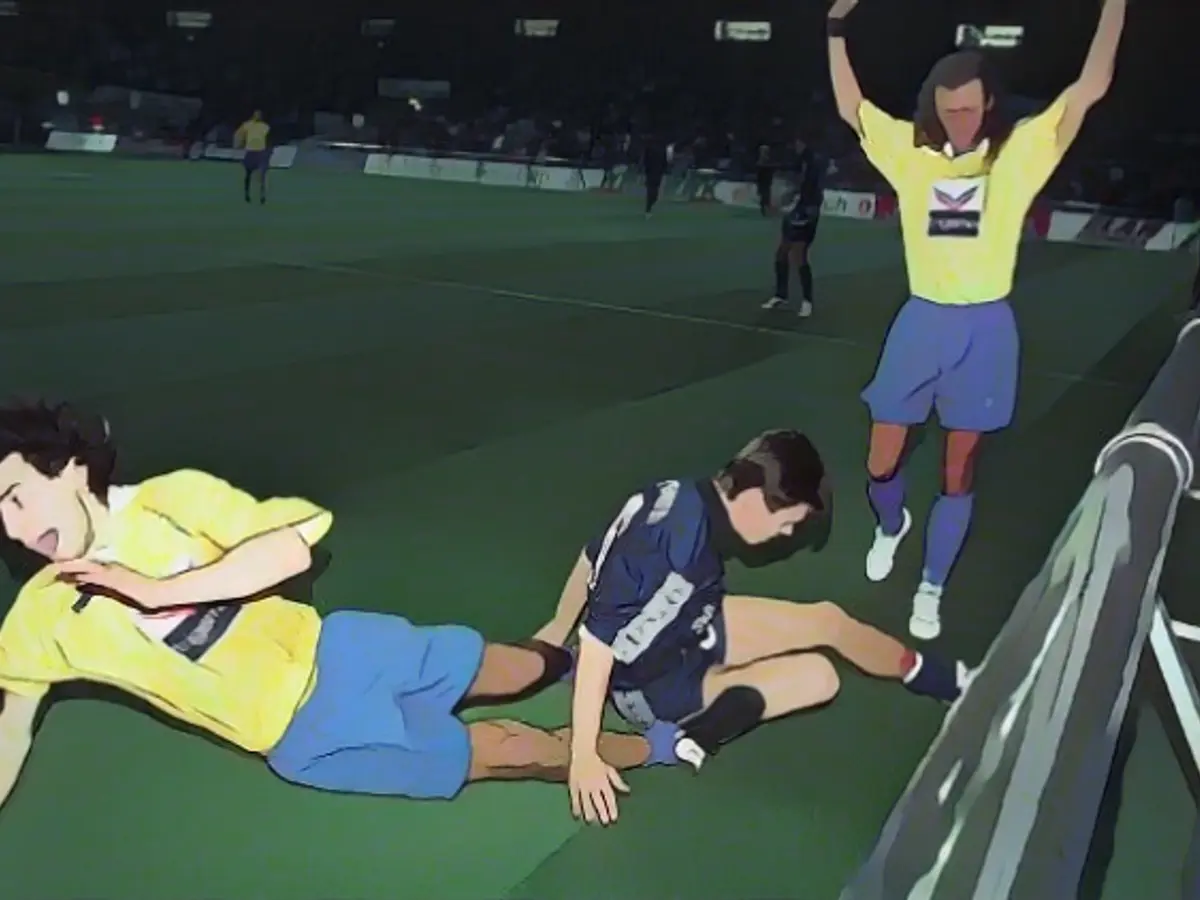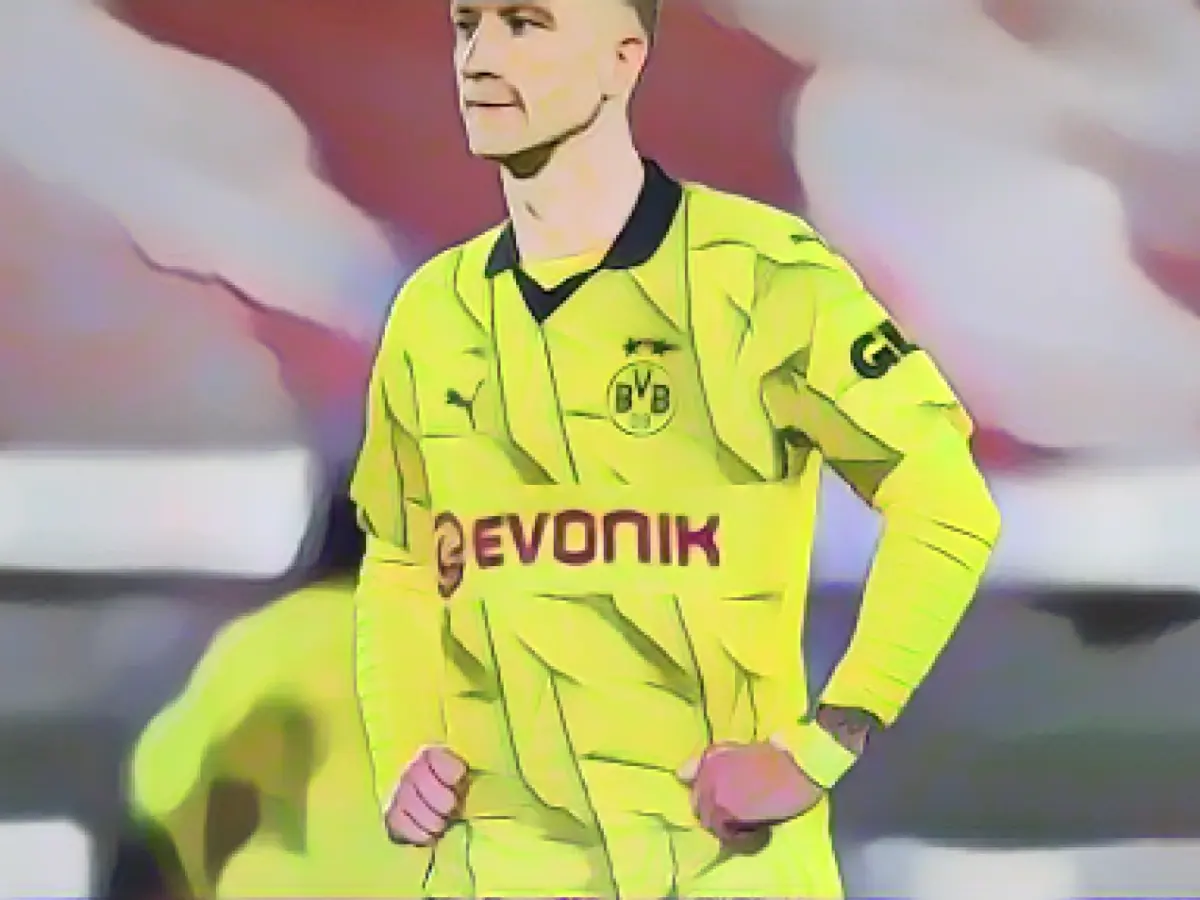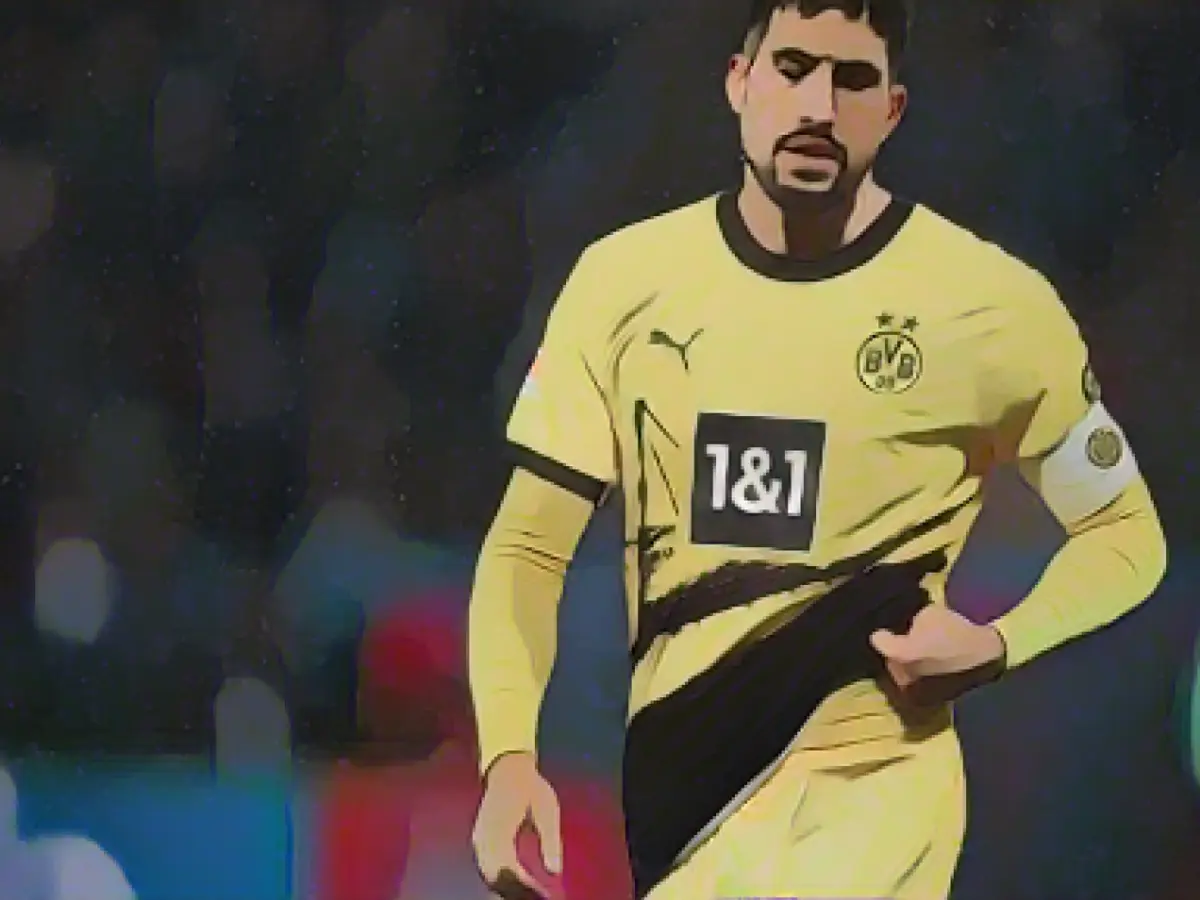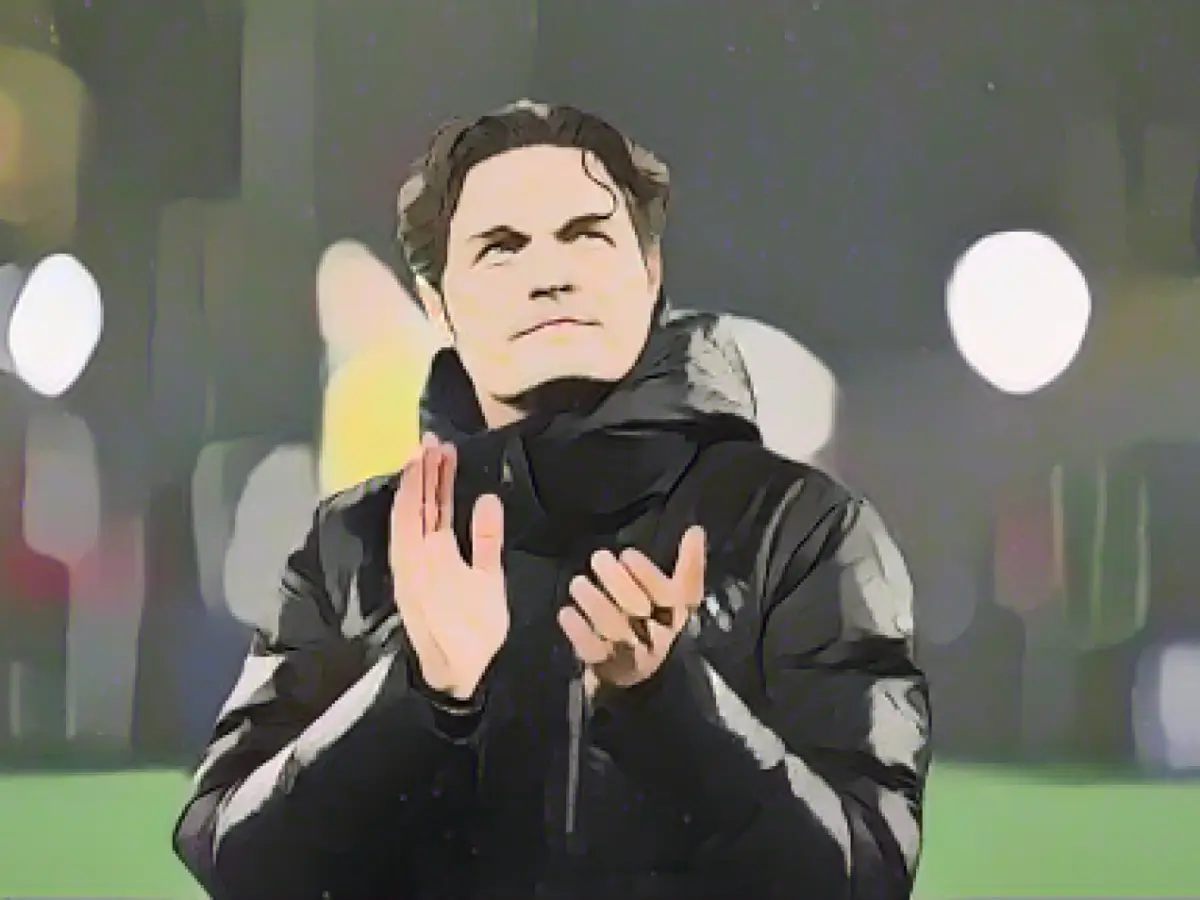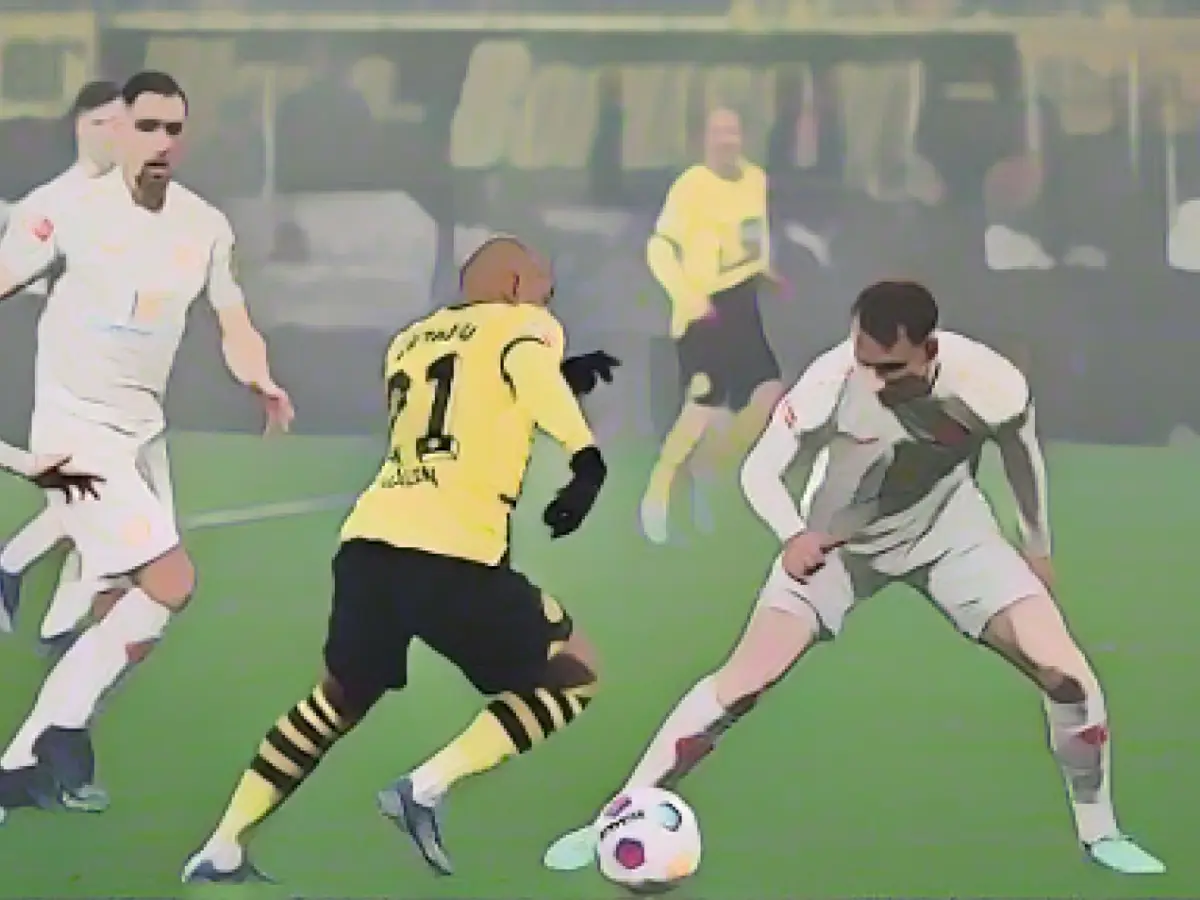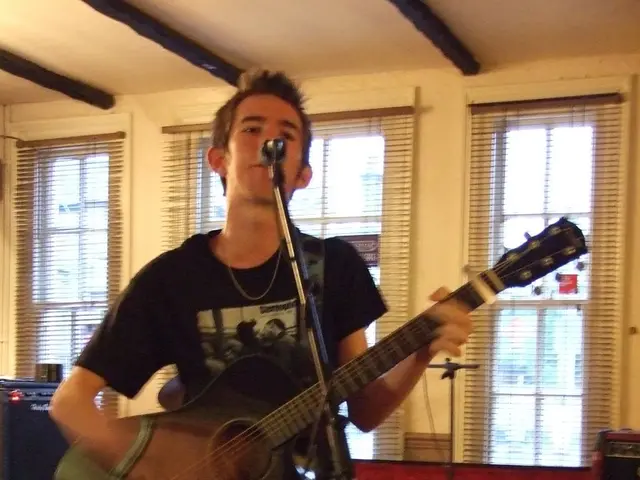The fans adored the exhilarating spectacle
Back in the day, German soccer enthusiasts cherished an unique show - indoor soccer. The fans relished the close-knit experience on the sidelines, while the players battled their fear of injuries. Regardless, the joyous memories persist.
"It was downright disgraceful what ARD did: In the third-place match at the Indoor Masters, they suddenly cut out right before the decisive eight-meter shootout! I'd recommend turning off your TV and heading out for a fancy dinner instead." Wolfgang Nitz from Duisburg was fuming at the time when First German Television made it impossible for him to enjoy his beloved pastime. Fans had adored these indoor tournaments for decades. But then, in 2001, it was all over for many reasons - one of the primary reasons being the danger that the indoor spectacle posed for the players. BVB keeper Teddy de Beer once referred to the heated duels as "hell."
When Bayern's Bernd Dürnberger tore all of his cruciate ligaments, medial ligament, and meniscus during an indoor tournament, he described the pain as "similar to a burn from a hot iron." It's hard to imagine. But such injuries were common back then. While the fans were up close and personal behind the boards, ecstatically (and sometimes under the influence of alcohol), cheering on their stars, the players gave their all on a diverse range of surfaces. Whether it was artificial turf, parquet, or linoleum - since the 1970s, games were played wherever possible and whenever enough spectators could be accommodated. And this, despite the fact that very few coaches were fans of these tournaments. Bremen legend Otto Rehhagel grumbled early on, "I myself am against indoor soccer. But the clubs need the money."
However, Rehhagel couldn't deny that the closeness between the fans and the players, and between the representatives of individual clubs, offered something special. The story from January 1993 is legendary, when the Bremen coach was particularly impressed by one player during an indoor tournament in Berlin: "Mario shot everything together, it was madness." Basler himself wrote about this tournament in his book "Eigentlich bin ich ein Supertyp": "I really cut loose and did whatever I wanted to my opponents. That didn't seem to have gone unnoticed."
Basler also remembers what happened next: "After the semi-final, I was at the urinal when Werder coach Otto Rehhagel suddenly walked in. He waited until I'd finished washing my hands and slipped a note into my hand. He then whispered to me that I should call him." And indeed, just a few months later, Mario Basler was already suiting up in the Green-White jersey. Indoor soccer was still a big thing back then. In view of stories like these, it's easy to understand why the fans were so captivated by this very special atmosphere. But by the end of the 1980s, concerns were mounting.
Paul Breitner had already hated indoor tournaments as a Bayern star - and now had no qualms about sharing his negative attitude as a columnist: "The players come back from their winter vacation, put their suitcases down at home - and off they go to the indoor tournaments. That's crazy. A top athlete coming out of regeneration needs to be eased back into things carefully." However, at the Budenzauber, things were far from easing back into things. It was constant ups and downs in stuffy halls and on dull floors. When the sirens rang out at the end of a game, most of the players were completely drained.
Concerned that they wouldn't be able to keep up, curious stories surfaced time and again. Roland Wohlfarth from Bochum, at the time, bought appetite suppressants from the pharmacy in order to shed a few pounds. It worked - but a doping test after an indoor tournament meant he was banned from playing. The doping substance "norephedrine," which was contained in the appetite suppressant, was on the banned list. The indoor soccer adventure turned out to be an expensive one for Wohlfarth and VfL Bochum. The cash prize - at the end of the 1980s, the tournament winners received between 15,000 and 30,000 marks - wasn't enough to compensate for the losses.
For the clubs, however, it was a nice extra income during the winter months without spectator income. During the five weeks of the winter break, between 15 and 20 tournaments were held in Germany. And FIFA also hosted an indoor World Cup in the Netherlands for the first time at the beginning of 1989. However, as this was of little financial interest to the DFB and the clubs preferred to earn their own money at the tournaments, Germany opted out.
But the DFB cited another reason for its decision against the Indoor World Cup. Unlike in German halls, the Netherlands was planning to play without the popular Plexiglas boards, which spectators always appreciated due to their close-up experience. And so, former champion coach and columnist at the time, Max Merkel, wrote in his usual humorous tone, "Indoor soccer without boards is like a wedding night without a wife." And with that - he was sure - he spoke straight from the heart of the fans who loved indoor soccer so much in those days.
Read also:
Despite the danger and the arguments against it from some coaches, indoor soccer tournaments were a source of income for clubs during the winter break. One of the reasons fans loved these tournaments was the closeness to their favorite players, as FC Bayern Munich's Bernd Dürnberger once experienced firsthand when he suffered a serious injury. Otto Rehhagel, a critic of indoor soccer, shared a memorable moment with Mario Basler at an indoor tournament, leading to Basler's eventual signing with Werder Bremen.
Source:
Examining the appeal of sports in Germany
Inferring the factors that contribute to the popularity of sports in Germany based on the information provided in the article is challenging given that indoor soccer is not directly addressed. However, we can draw some general insights about spectator sports in Germany:
- Storied rivalries and emotional connections: The article mentions the intense emotions that the fans exhibited during indoor soccer matches, suggesting a deep-rooted attachment to the sport and the clubs.
- Admirable performances: The fans' positive recollections of great performances and memorable moments indicate the appreciation for skilled players and thrilling performances.
- Closeness to favorite players: The proximity between the fans and the players during indoor soccer tournaments seems to have been a significant draw for the fans, allowing them to forge stronger connections with the athletes.
- Unique atmosphere: Indoor soccer's distinctive setting and rules, such as the close-up experience due to the Plexiglas boards, contributed to its allure for fans.
- Financial incentives for clubs: Indoor soccer tournaments were an additional source of income for clubs during the winter break, which might have contributed to their popularity among fans.
- Media coverage and growth of women's football: The article does not directly discuss these factors, but they are influential factors in the popularity of sports in Germany, as seen in the case of women's football.
While these insights can't be definitively attributed to indoor soccer, they offer a broader perspective on what makes sports appealing to German fans. Understanding these factors can help explain why certain sports gain traction in Germany and why others may decline in popularity over time.
